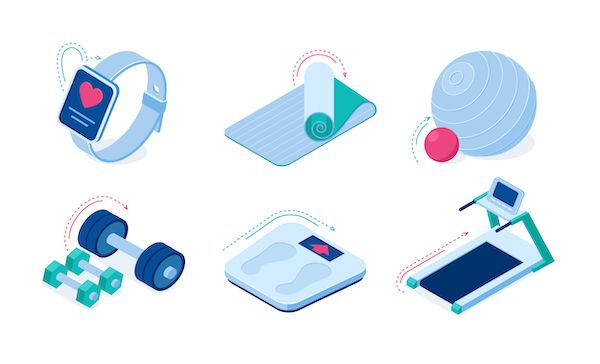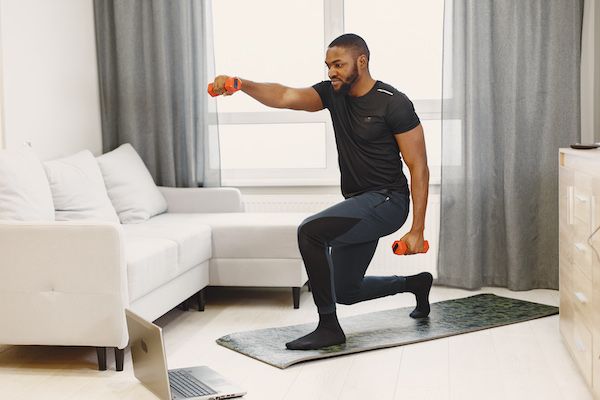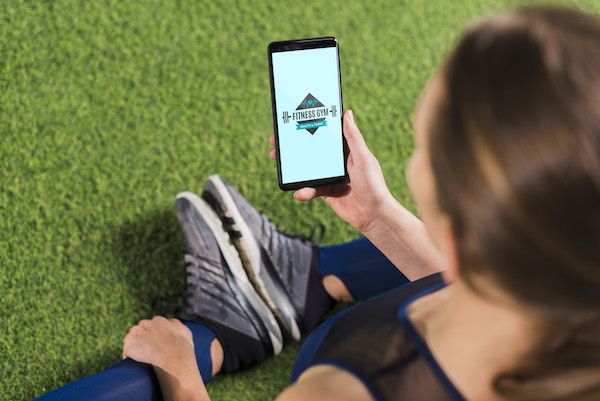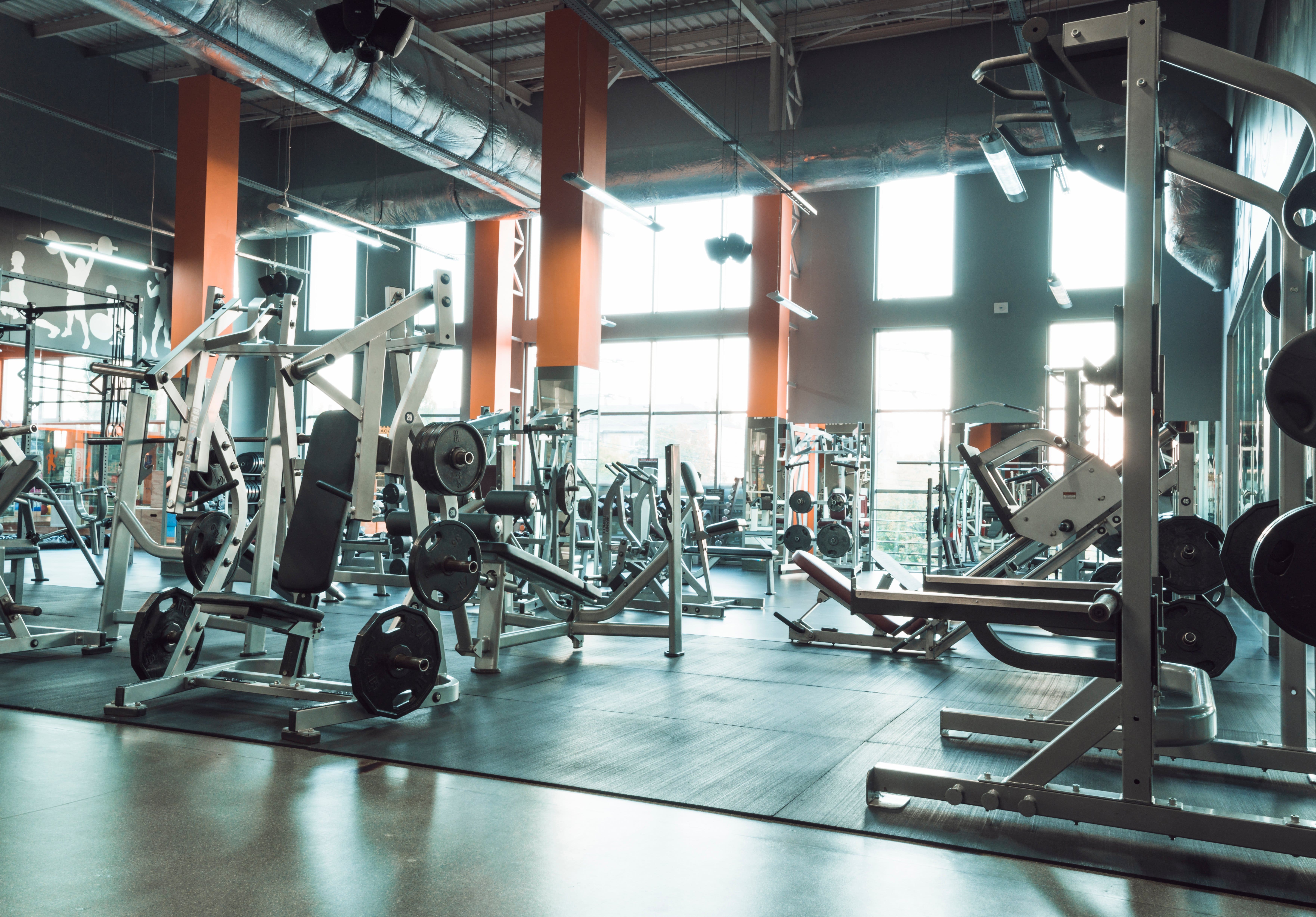We say that technology is here to make people's lives easier. Before fun and leisure, it first and foremost serves to make activities like walking, climbing, traveling, and manufacturing faster, allowing people to exert less effort and conserve their energy. With that said, it can't be denied that technology somehow encouraged a sedentary lifestyle.
People can do things virtually, and while it may at first seem that technology is leaving a negative impact, it goes to say that it also can equally promote physical activity. Technology is far beyond simple machine use in this day and age and has invaded every aspect of our lives. It increases productivity in the workplace, creates life-changing discoveries in healthcare, and inspires people to break away from physical inactivity when it comes to fitness.

Technology's Role in Promoting Physical Programs
Technology, in fact, has become a valuable tool in promoting the importance of physical and mental health programs. Many new devices, gadgets, and exercise machines are emerging in the market so people can still stay physically active indoors. Exercise programs and fitness games are also being developed, wherein people can use them to stay fit even without fitness tools around that they can --use.
Environmental factors such as seasonal changes and other external factors like global pandemics impact health behaviors and lifestyles. It is no secret that there has been a shift in the way people are practicing and behaving, whether in terms of school or career after everyone's pushed to stay indoors as much as possible following a global health crisis where physical activity has been limited. According to healthcare professionals and health practitioners, physical inactivity negatively impacts everyone, from college students to older adults.
This is when technology starts to play a significant role--bumping up technology from being a mere accessory to a necessity in promoting physical activity.
Today, schools are conducting physical education classes virtually. Meanwhile, companies are using active video games as part of their physical activity interventions, especially for older adults who need to watch out for their systolic blood pressure and body weight to avoid getting cardiovascular diseases, which physical inactivity can cause.
Simply put, technology is giving birth to new innovations that change and improve the way people keep track and maintain their physical and mental health. Here are some of them:

Interactive Games and Virtual Reality Exercise
For starters, fitness centers are now employing online exercise programs or fun virtual reality exercises for people to work out and train at home. That is to say that the online exercises are no longer limited to simple instructional videos that people can simply watch and follow. Fitness centers are now using interactive technology to encourage people further to lead a physically active lifestyle. After all, interactive games are a lot more fun and exciting to do than watching simple follow-me videos.
It also appeals to people of all ages, from kids to the working class and beyond, letting them enjoy the health benefits that come with playing active video games.
One of the popular technologies used to make active video games is virtual reality technology. In recent years, virtual reality has created a buzz in the gaming industry because it gives its users a realistic experience. As time passed, interactive video games through virtual reality also started to influence other industries and sectors with health and fitness making it among those at the top of the list.
Virtual reality technology and interactive video games are great motivators for children, young adults, and even adults of older ages. In addition, interactive technology has a positive impact in improving cognitive function, balance confidence, and other physiological responses.
Fitness centers are not the only ones utilizing interactive video games to promote physical activity. Office and workplaces, and educational institutions are integrating such technology into their systems, revolutionizing how they conduct their exercise program and promote health. Due to external influences, like environmental factors, organizations promote physical activity in indoor exercise programs.

Fitness Gadgets
Your fitness gadgets are not just there to make you look professional and cool when engaging in physical activity. The gadgets available now are made with convenience in mind, one less thing to stress about as you do your daily physical activities.
Cardiorespiratory fitness exercises such as walking around and jogging are the most common physical activities people love, especially young adults like university students. Today's young generation is very particular about maintaining health, so much so that they reach out to fitness technologies like pedometer-based walking programs to help them maintain a physically active lifestyle despite their busy schedule.
Additionally, review and progress reports are very important to ensure that you are at the top of your game. By using fitness trackers, people are able to know and understand what improvements they need to make. The data tells them if they need to do more physical work and increase physical activity to improve their overall health. In addition, the health data collected from trackers could tell you how certain exercises and physical activity affects your blood pressure, energy cost, caloric expenditure, and body weight.
Fitness technology and trackers have the benefit of mobility and portability as they come in the forms of tiny gadgets you can attach to yourself or mobile applications that you can install on your mobile phones. This way, you can conveniently monitor physical activity and track physical activity patterns with ease.
Health Research
Physical inactivity is prevalent among older adults, especially the working class. A remote work setup would appear to give people more time to engage in home exercises and physical activity, but future research begs to differ.

How Remote Setup Influences Physical Inactivity
Older adults, even college students, spend more screen time online as the boundary between work and life balance starts to blur because of the new remote work setup.
Unlike before, people walk when they travel to the workplace, and they can also visit fitness centers on their days off. Walking and commuting gave older adults certain health benefits and improved health. And one of these benefits is keeping people physically active while just doing the bare minimum.
Physical activity interventions are obviously needed, according to healthcare professionals. Such interventions can significantly reduce the risk of developing cardiovascular diseases and high blood pressure. To increase physical activities, the technology used in health promotion is encouraged.
Public Health Concern Among Older Adults
Speaking of public health concerns, healthcare providers find another reason behind the significant decreases in physical activity after a systematic review with the concerned control group. While the younger generation is hindered by the lack of free time, the older generation's physical inactivity is also influenced by other medical and health conditions, like cardiovascular disease, which at the same time can be avoided by increasing physical activity. Because of the risks, there is a need to moderate physical activity and improve people's health behaviors covered by the control group.
There is also a need to monitor estimated energy expenditure. The older generation's energy expenditure has significantly decreased as compared to their younger counterparts. The estimated energy expenditure of an individual is influenced by their body mass index, which accumulates from the lack of physical activity. As such, an increase in physical activity is needed not only because of its health benefits but also because it has the capability to reduce the morbidity rate.

Promoting Functional Independence
Fatigue is still the number one factor preventing people from increasing their physical activity. Future research encourages organizations to promote physical activity to improve public health. To increase physical activity and help in health promotion, technology is being utilized.
Video games like interactive video game cycling, virtual reality, mobile games, and other active video games are effective ways to encourage all age groups to engage in and increase physical activity. Nowadays, technology has become a tool to monitor physical activity and promote physical activity interventions. And with these modern advancements, the future looks promising in terms of public health.
Conclusion
Technology is an essential tool in the promotion of physical fitness programs. From wearable technology to mobile applications, it can be used both in real-time and in remote physical activity monitoring. As such, it can be used to encourage people to engage in more physical activities and monitor their health status.







